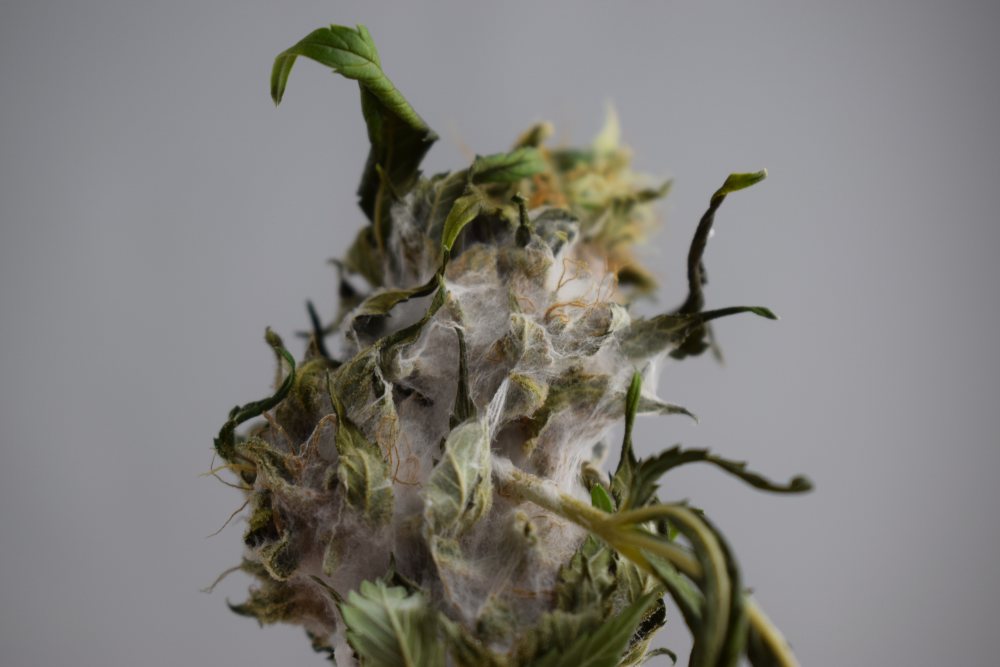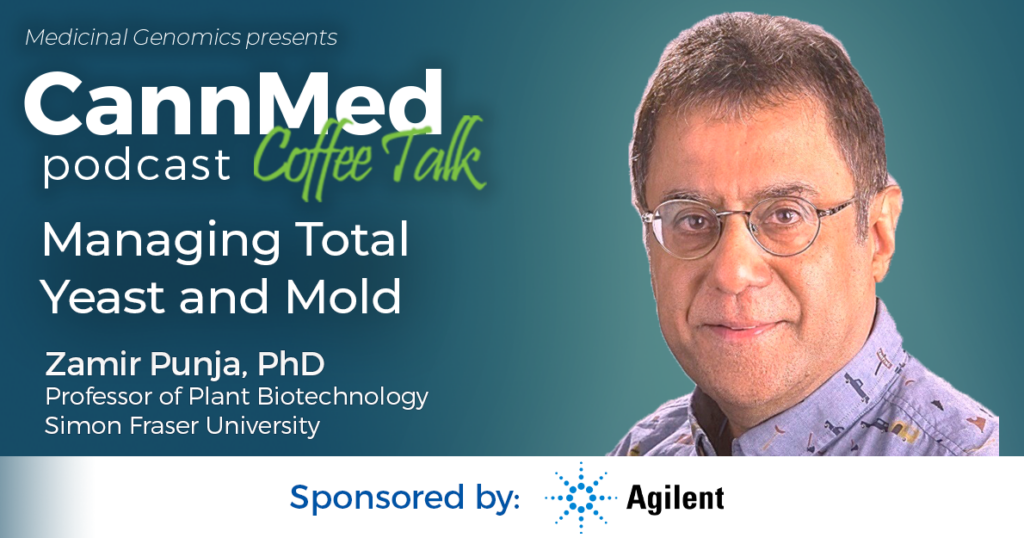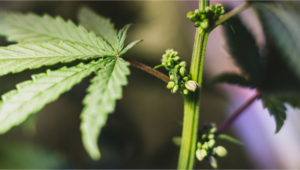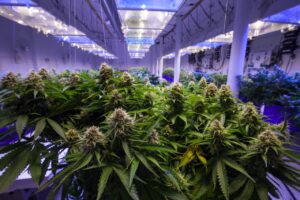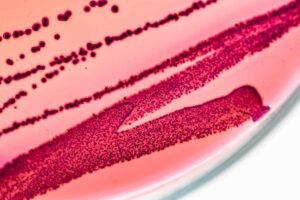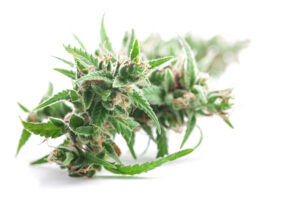To ensure the safety and quality of cannabis products, some jurisdictions set limits on the amount of yeast and mold that can be present. A total yeast and mold (TYM) failure can be a serious financial hit for growers, depending on the rules in their jurisdiction. In some cases, regulators allow growers to extract cannabinoids from the failed batch, and retest. In other states, growers have to scrap the entire batch.
Dr. Zamir Punja’s team at Simon Fraser University recently published a study where they analyzed more than 2,000 cannabis samples over 3 years to identify specific factors that increase TYM levels.
If you recently failed for TYM, you should consider the following factors and adjust your policies and procedures accordingly. You can also check out the CannMed Coffee Talk Podcast with Dr. Punja where he gets into more detail about the study.
Plant Genetics
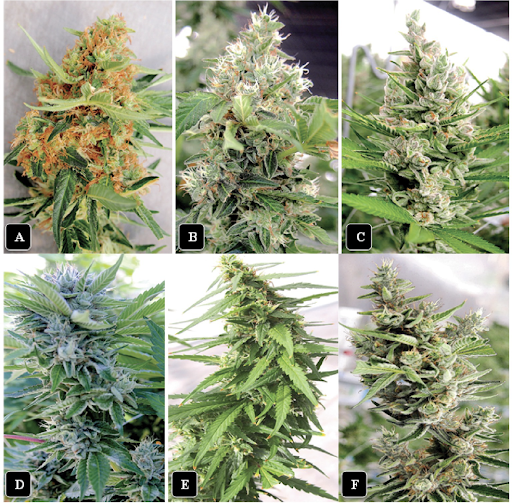
The Punja et al study showed for the first time that cannabis cultivars significantly influence TYM levels in their flowers. More specifically, certain structural features provide a better environment for microbial growth.
Density of leaves
Cultivars that have flowers with dense leaf structures create a “warmer and more humid microclimate” that is ideal for yeast and mold growth. In fact, the researchers observed that the relative humidity within the cannabis flowers of these cultivars was significantly higher than the surrounding environment. So even if you are keep your indoor environment at an optimal temperature and humidity, mold could be finding a home within your buds.
But there is hope. The researchers were able to reduce the relative humidity and temperature by blowing fans directly on the flowers, which led to lower TYM levels.
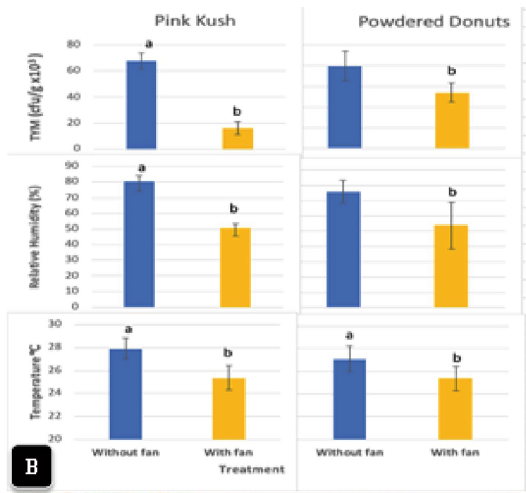
Density of pistils and trichomes
Cannabis consumers may not be the only ones who are attracted to frosty buds. Pathogenic and beneficial microbes use trichomes as a key point of entry in other plants. The researchers’ scanning electron microscope images showed mycelium growing over cannabis trichomes. However, they caution that trichome-microbe interactions have not been fully studied in cannabis.
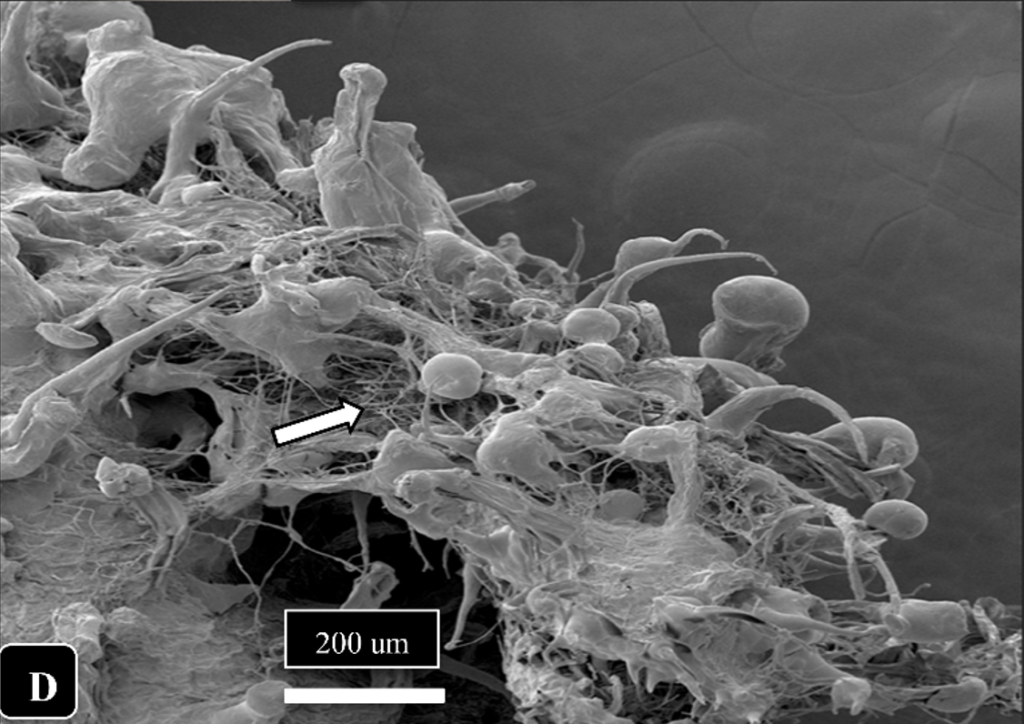
Additionally, research performed on apples, wheat, and peppers found that the stigmatic tissues in plant pistils provide a point of entry for pathogenic and beneficial fungi. This method of entry was also observed in cannabis by Dr Punja’s team who saw certain Fusarium species infect through the stigmatic tissue.
Leaf Litter

Leaves harbor a variety of microbial species as they decompose. So if your team is removing leaves as part of your pre-harvesting preparations, be sure to dispose of them.
Dr. Punja’s team saw a significant increase in airborne TYM in greenhouses where workers stepped on leaf litter. Those airborne microbes settled onto the sticky flowers, driving up TYM counts.

Beneficial Microbes
Total is the operative word in “Total Yeast and Mold”. The test includes all species of fungi and yeasts, even ones that are beneficial to the plant and safe for humans. According to the researchers, biocontrol fungi, such as Trichoderma and Gliocladium can increase TYM levels enough to cause failures in certain jurisdictions.
Wet Trimming
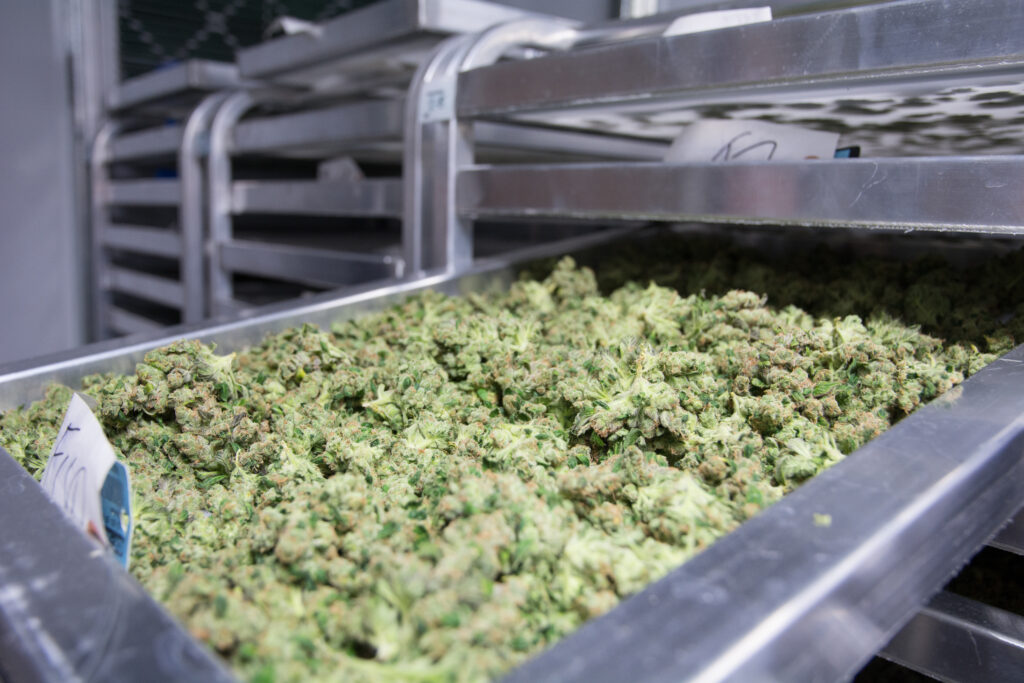
The researchers compared TYM levels of cannabis flowers after using two popular methods for trimming and drying:
- Dry trimming. Entire branches are removed at harvest and hung upside down to dry. Individual buds are removed and trimmed after drying.
- Wet trimming. Individual buds are mechanically removed and trimmed immediately after harvest and then laid out on racks to dry.
They found that TYM levels were significantly lower in flowers that were dry-trimmed and hang-dried. Wet trimming, on the other hand, causes injury sites to the fresh buds, providing opportunities for microbes to take hold.
Testing Method
Previous research has found that TYM results can vary widely based on the testing methodology used, sometimes as much as 50%. The authors of this study had a similar experience when they compared their results from two commercial laboratories. In one case, the lab reported significantly lower TYM levels, while the other delivered results that were much higher.
This inconsistency in TYM testing methods is well documented, and some lab professionals question whether TYM should be used for compliance testing. It seems like the more appropriate approach would be to test for the specific pathogenic molds and yeasts that are commonly found in cannabis. This would provide better testing result consistency, and it would not penalize growers who use beneficial microbes in their gardens.
Conclusions
By considering these factors, you can limit the opportunities for microbes to establish in your facility and lower TYM counts. Additionally, it may be prudent to perform a deep clean or even sanitize your facility using an EPA-approved disinfectant. Our team has relationships with multiple companies that offer this type of service, and we would be happy to connect you with one.

